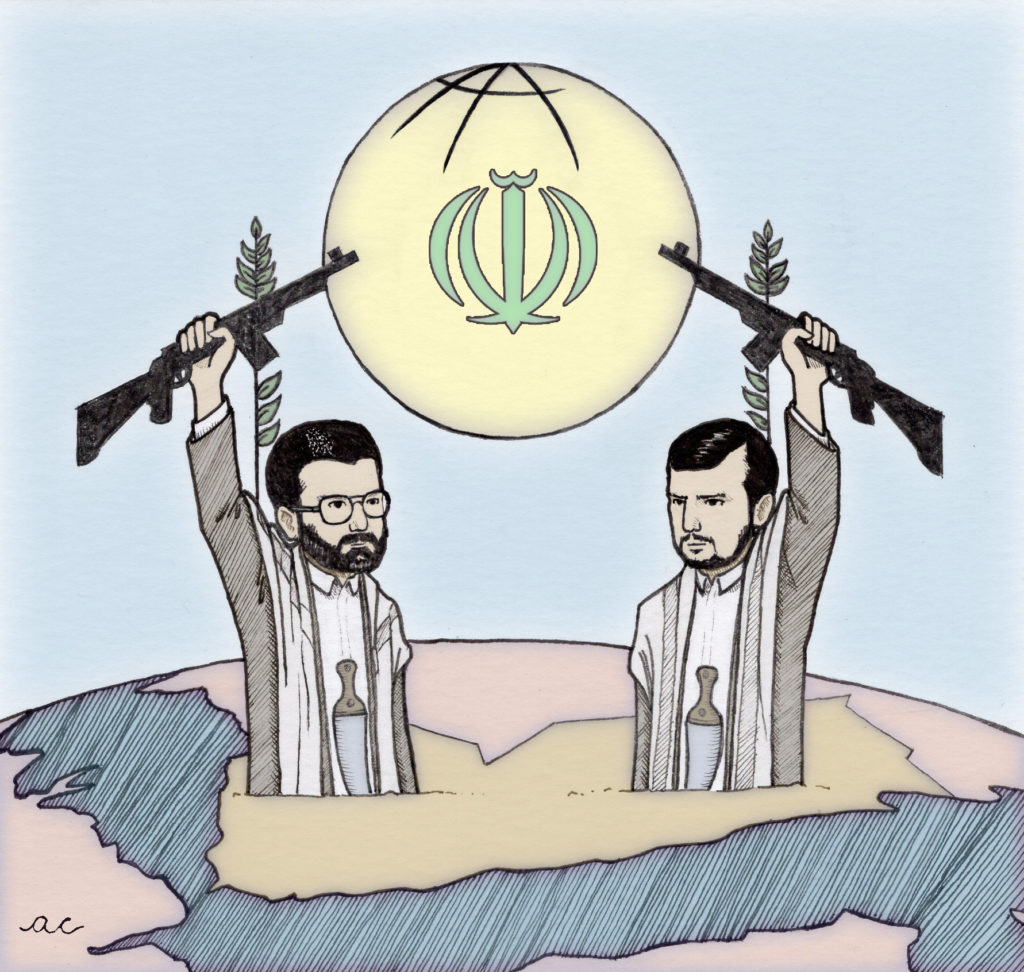FRESH AIR
IN THE MEDIA
Becoming Ansar Allah: How the Islamic Revolution Conquered Yemen
March 30, 2021 | Oved Lobel

This report was originally published by European Eye on Radicalization – 24 March 2021
The relationship between the Houthis in Yemen and Iran has long been painted as a relatively recent Iranian sideshow that began in 2009 in response to Saudi Arabia’s overt intervention against the Houthis in their wars with Yemen’s government. Such conventional analysis will often stress that the ‘Fiver’ Shiism of Yemen’s Zaydis, to which the Houthis ostensibly subscribe, and the ‘Twelver’ Shiism of Iran are too incompatible to allow an ideological alliance, putting the Houthis in the same tactical category as Sunni Iranian proxies and allies—such as Hamas, the Taliban, or Al-Qaeda—as opposed to groups like Hezbollah in Lebanon or Kataib Hezbollah in Iraq.
Furthermore, it is almost universally asserted that the initial 2004 rebellion by Hussein Badr al-Din al-Houthi and his faction of the Believing Youth organization was purely a response to domestic grievances, including the Saudi and government-sponsored spread of Salafism in Zaydi areas and the alleged threat to Zaydi religious practice.
This report will re-examine these long-standing assumptions, demonstrating that in fact there is a deep ideological connection between Iran and the Houthis that stems back to 1979; that Iran carefully cultivated the al-Houthi family and its associates, using them to orchestrate an ideological schism in the Zaydi revival movement; and that far from being a reaction to domestic grievances, the 2004 insurrection by the Believing Youth was long-planned and a part of Iran’s broader regional attack on the US and its allies in the ‘war on terrorism.’ Moreover, Iran’s support for the Houthis is not merely a recent, convenient side hustle to needle Saudi Arabia, but is in fact the key battlefield in Iran’s export of Ayatollah Khomeini’s revolution, the driver of all Iranian policy since the founding of the Islamic Republic.
The Houthis, far from being a local movement, are a core, organic component of Iran’s Islamic Revolution and always have been. Indeed, for the first time since 1979, Iran has managed to replicate itself fully without being bound by any democratic strictures or existing dictatorships as in Lebanon, Syria, Iraq, Afghanistan, and elsewhere, marking the Houthis as Iran’s most successful revolutionary experiment to date.
RELATED ARTICLES

The Government’s actions still fall short: Joel Burnie on FDD Morning Brief

“The writing was on the wall for a number of years”: Colin Rubenstein on Channel 7 Weekend Sunrise





















